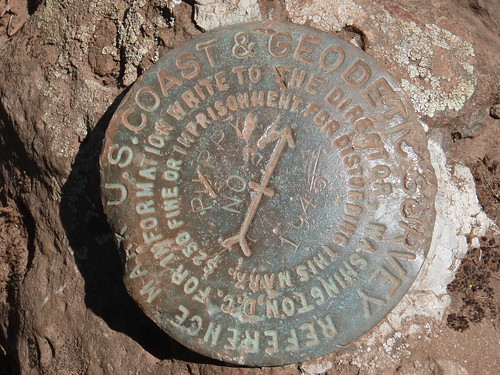NIST and SCAP; SCAP @ Large Part 2
Posted October 2nd, 2008 by ian99There is another challenge that SCAP addresses without it being officially on the SCAP program’s agenda. With the advent of SCAP we now have a common reporting criteria by which we can now judge SCAP certified products. If you have ever used an automated vulnerability scanner as part of a penetration test or security audit, you know that not all vulnerability scanners are created equal. Some have much lower false positive alert and reporting rates than others. Likewise, it is known that false negative alert and reporting rates vary. And, because of the various technical approaches taken by the scanners, some provide much more consistent results. The challenge has been that without a common criteria to test against, it is difficult for a small or even fairly large security organization to find the resources to effectively test these products in a fair apples to apples test.
This is where NIST has a real opportunity on its hands. With the release of the SCAP protocol, we have the criteria by which performance comparisons can be made. What we are lacking is a common test environment.

Benchmark photo by bzo.
Let me veer off-topic for a moment to provide some background. In the last few years the Linux community has created various “live distributions” for various specialized requirements. What live distributions are, are CD, DVD or Flash-media-based operating systems that are executed upon boot. That is to say that they boot and run directly from CD or DVD. So, by using a Linux live distribution, you can run Linux off of you home Windows-based laptop without ever installing Linux to your hard disk. This has opened up a world of specialized possibilities for this community. One of them is the standardized training environment. For example, security testers have created DVL (damn vulnerable Linux http://www.damnvulnerablelinux.org/). DVL is a live distribution that with well documented security vulnerabilities, this distribution is used as a training aid for teaching vulnerability assessment and mitigation. There are other similar efforts created with the same intent such as the excellent DE-ICE training targets (http://de-ice.net/hackerpedia/index.php/De-ICE.net_PenTest_Disks).
NIST could follow-up on the release of the SCAP protocol by also building and releasing a common testing environment based perhaps on live distribution technology. Such an environment with well documented vulnerabilities would allow for the creation of objective benchmarks to be created to rate the accuracy, reproducibility, completeness of the results of SCAP certified vulnerability testing and reporting products. This would aid government agencies, businesses and even individuals in their purchasing decisions. It would also allow provide vendors with an objective and common test environment in which they can test and improve their products. I admit this would be a significant undertaking for NIST. However, I would suggest that such a test environment could be designed in such a manner that it could be built and released as a series of inter-operable modules based on live distribution technology. The initial release might only offer a relatively modest set of tests but with the release of each module building on the results of previous releases, a highly demanding and sophisticated test environment could soon be realized. Because of the importance and utility of such a project, industry and outside security experts might want to participate in and contribute to such an endeavor.
Similar Posts:
Posted in NIST, Technical, What Works |  No Comments »
No Comments »
Tags: certification • government • infosec • infosharing • management • pwnage • risk • scap • security
 Posts RSS
Posts RSS
